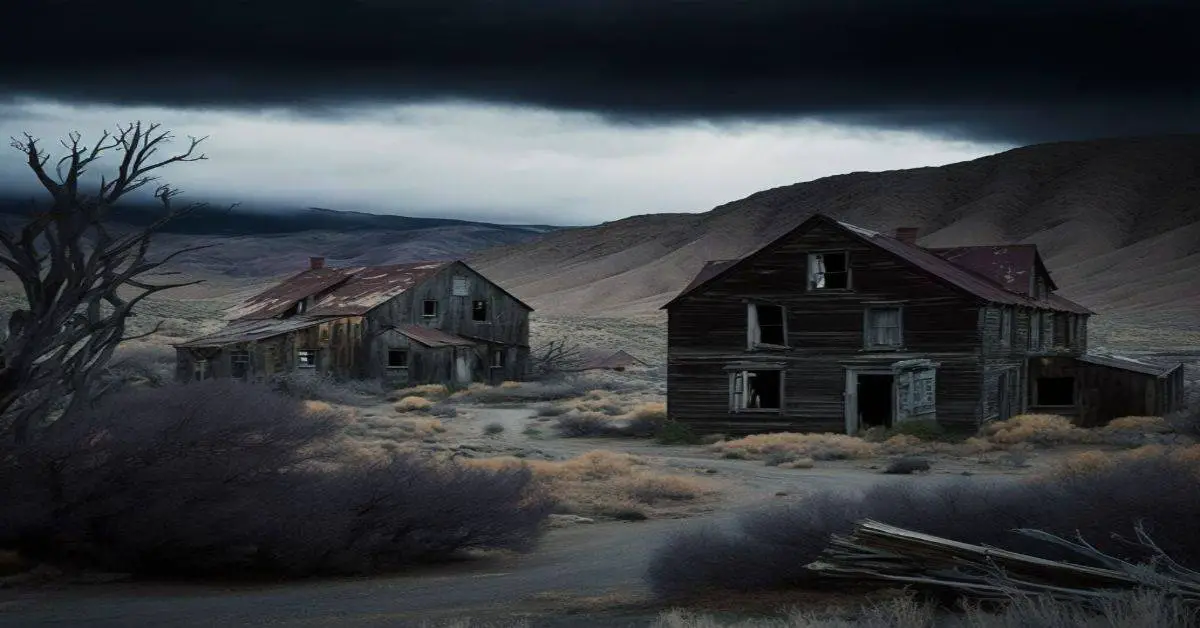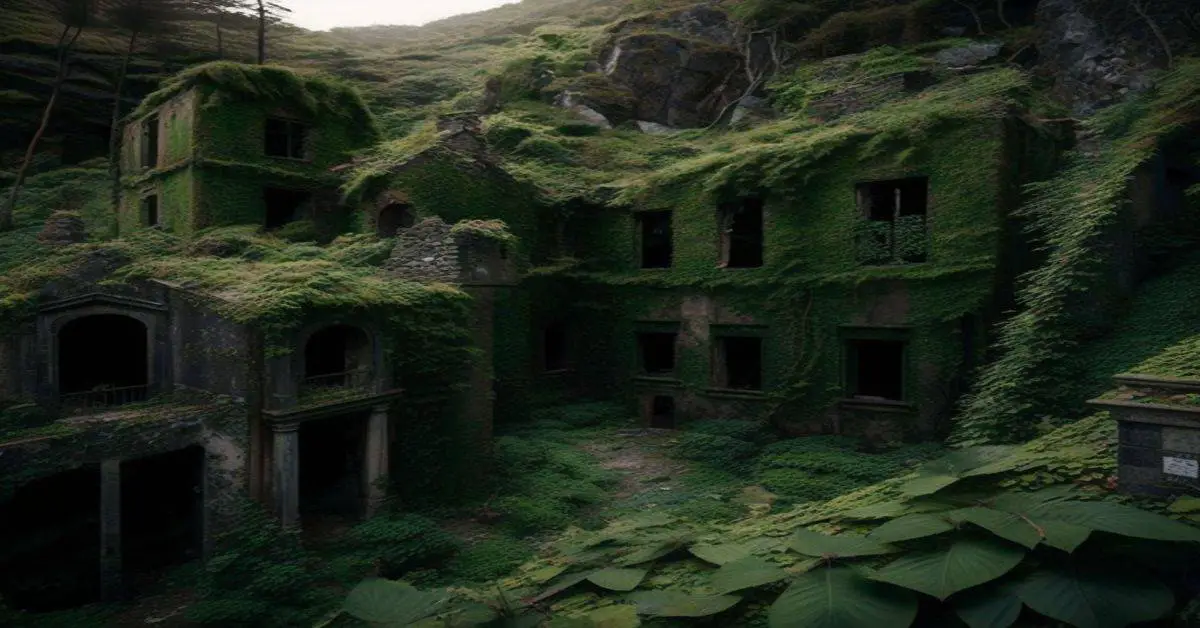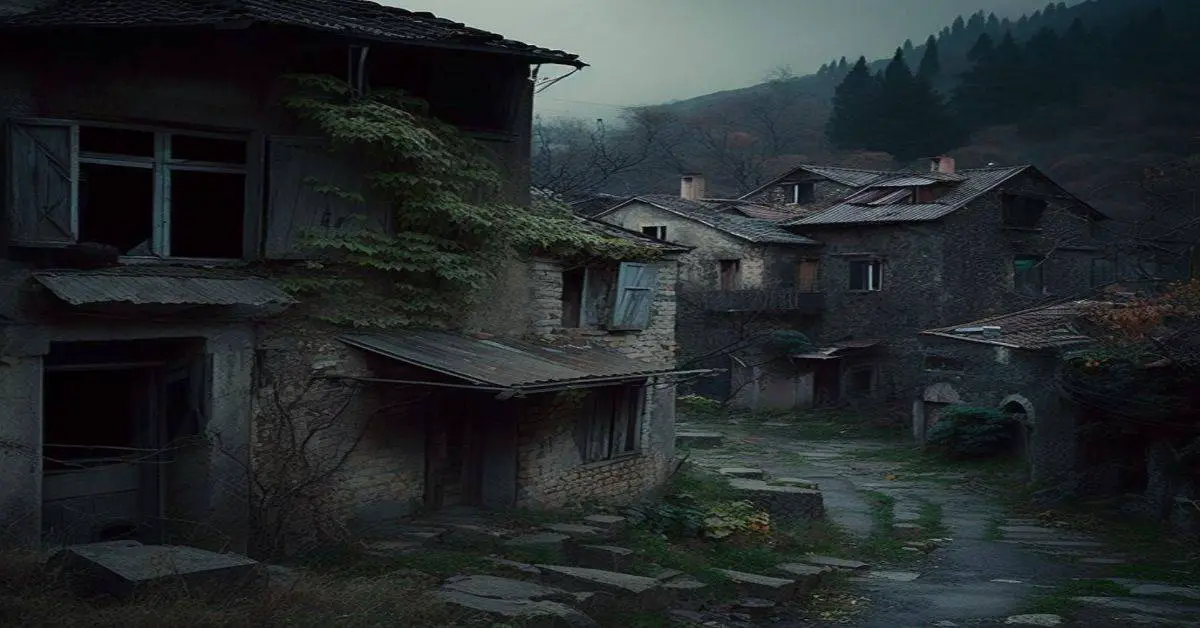Nestled in the rugged terrain of Nevada lies a forgotten ghost town, Logan City. Once a bustling community, this small town was known for its thriving economy and booming population. However, its prosperity was short-lived, and today, only a few ruins and buildings remain as a reminder of its past.
Logan City’s history is a testament to the boom and bust cycles that characterized Nevada’s mining towns in the 19th century. Despite its small size, the town played a significant role in the region’s mining industry, attracting people from far and wide. The town’s location, surrounded by rugged hills and mountains, added to its charm and gave it a sense of isolation and remoteness.
Today, Logan City serves as a poignant reminder of the transient nature of mining towns and their impact on Nevada’s history. In this article, we will explore the story of Logan City, its rise and fall, and its current state as a forgotten ghost town.
Key Takeaways
- Logan City was a thriving Nevada ghost town in the 19th century that experienced a swift rise in population due to its proximity to mining camps in the area.
- The mining industry largely drove the town’s economy, and the population comprised mostly miners and their families.
- Despite its demise in 1869 due to the discovery of new mineral deposits in Pioche, several abandoned buildings and ruins remain in Logan City, attracting visitors interested in exploring the history of the American West.
- Logan City’s history is a testament to the boom and bust cycles that characterized Nevada’s mining towns in the 19th century, and its location, surrounded by rugged hills and mountains, added to its charm and gave it a sense of isolation and remoteness.
Location and History
Logan City, a Nevada ghost town, was located northwest of Hiko, approximately 12 miles up the canyon, and was first explored in March 1865.
The town experienced a swift rise in population, growing to 100 by December 1865 and reaching a peak of 300 after a mill was built in Hiko.
The town was founded due to its proximity to mining camps in the area, and its residents were primarily involved in mining and milling.
The circumstances surrounding the founding of Logan City were typical of many mining towns in the American West during the 19th century.
As mining camps sprung up in the region, settlers moved in to provide services and support for the miners.
The discovery of a mill in nearby Hiko significantly boosted Logan City’s economy, leading to a rapid increase in population.
However, the town ultimately met its demise in 1869 due to discovering new mineral deposits in Pioche, which drew miners and entrepreneurs away from Logan City.
Population and Economy
The population of this once-thriving settlement grew rapidly, reaching 100 by December 1865 and climbing to 300 after constructing a mill in nearby Hiko. The town’s economy was largely driven by the mining industry, which provided employment opportunities for its residents. However, the town’s prosperity was short-lived as new discoveries in Pioche spelled the end of Logan City’s economy and population.
The town’s economic activities largely shaped the social dynamics of Logan City. The population was largely composed of miners and their families, who worked in the nearby mines. The town’s post office, which opened in July 1867, provided a means of communication for residents and helped to connect them with the outside world.
Despite its brief period of prosperity, Logan City ultimately succumbed to the boom and bust cycle that characterized many mining towns in the American West.
Current State and Tourism
Currently, the remnants of Logan City, a former settlement in Nevada, attract visitors interested in exploring the history of the American West. Despite the town’s demise in 1869, several abandoned buildings and ruins remain, providing a glimpse into the past. Due to its location in a canyon, Logan City is accessible only by 2WD vehicles, and visitors are advised to visit during the spring through fall when the weather is milder.
In recent years, there have been historical preservation efforts to protect the remaining structures in Logan City. While the town has not been fully restored, efforts have been made to maintain the remaining buildings and ruins. Visitors are encouraged to explore the area but are reminded to respect the site’s historical significance and avoid causing any damage.
Overall, Logan City provides a unique opportunity for visitors to experience a forgotten piece of Nevada’s history and appreciate the efforts of those working to preserve it.
Frequently Asked Questions
What caused the decline of Logan City?
Economic factors and environmental issues caused the decline of Logan City. New mining finds in Pioche drew people away and the harsh climate made it difficult to sustain agriculture and other industries.
What type of industry did Logan City specialize in?
Logan City specialized in mining silver and lead ores during its brief existence from 1865 to 1869. Its impact on neighboring communities included the growth of the nearby town of Hiko due to the construction of a mill and the establishment of a post office. Its history and significance lie in its role as a reminder of Nevada’s mining history.
Were there any notable figures or events in the history of Logan City?
No notable figures or events are mentioned in the historical record of Logan City. The construction of a nearby mill primarily drove the town’s growth, and it ultimately declined due to new mineral discoveries in Pioche.
Is there any folklore or legends associated with Logan City?
There are no known supernatural stories or local myths associated with Logan City, a forgotten Nevada ghost town. Its impact on neighboring towns was primarily economic, as the discovery of new mines led to its eventual demise.
Were there any attempts to revive or rebuild Logan City after its decline?
Efforts were not made to revive Logan City after its decline in 1869 due to new mining finds in Pioche. The population grew to 100 by December 1865 and climbed to 300 after a mill was built in Hiko.


